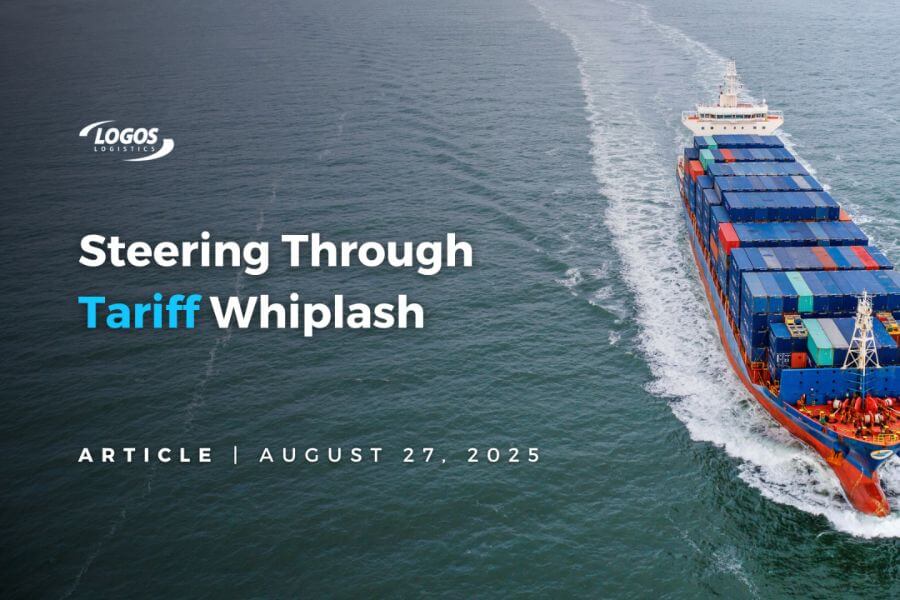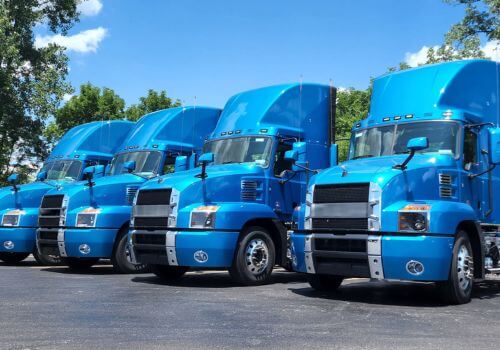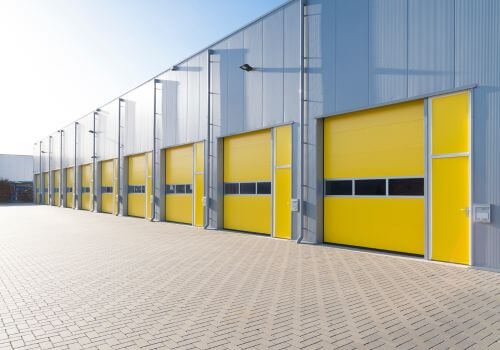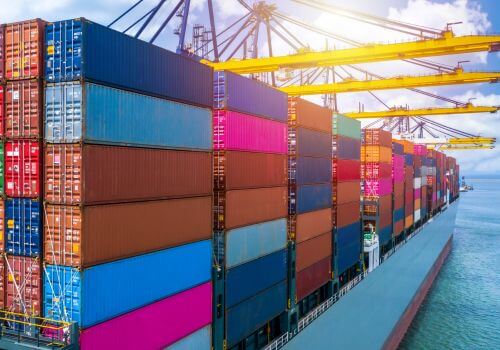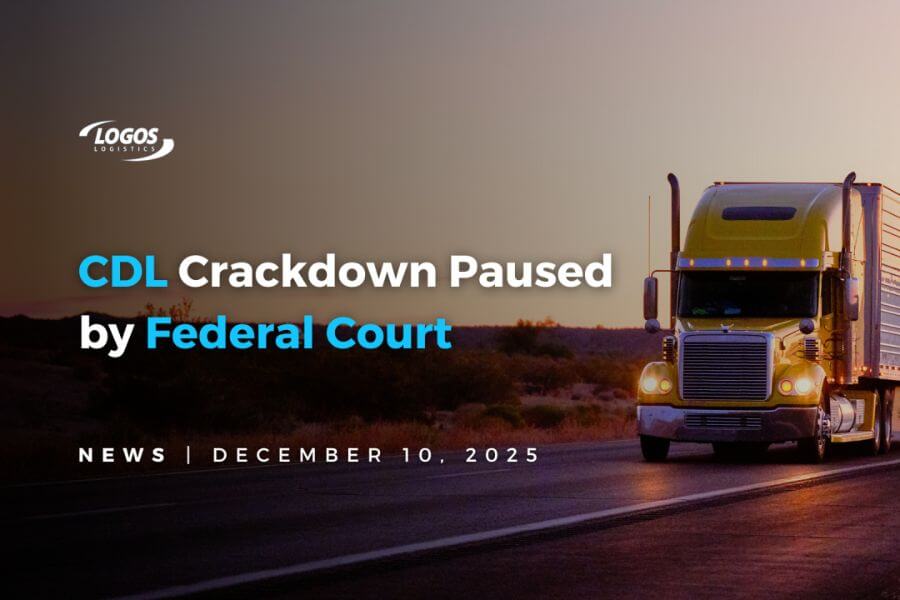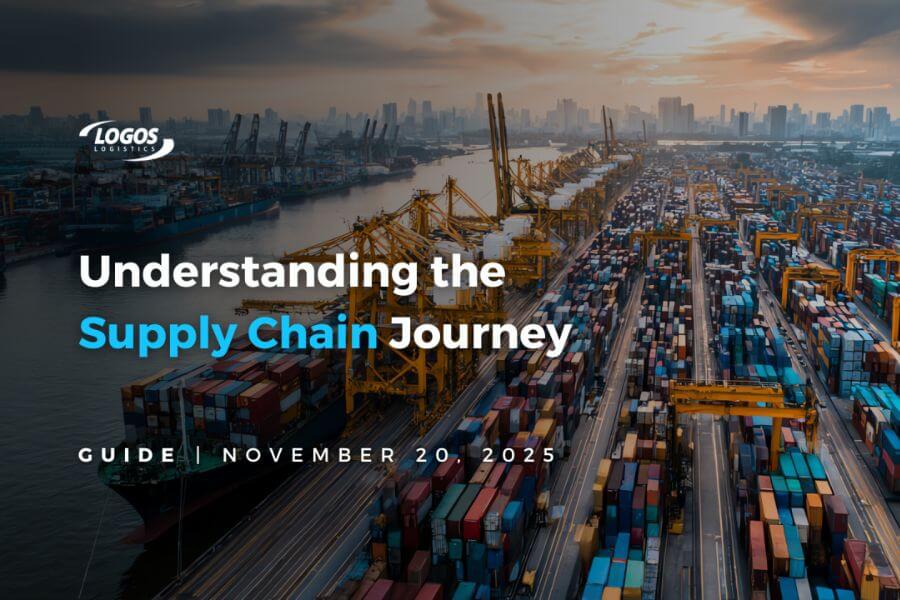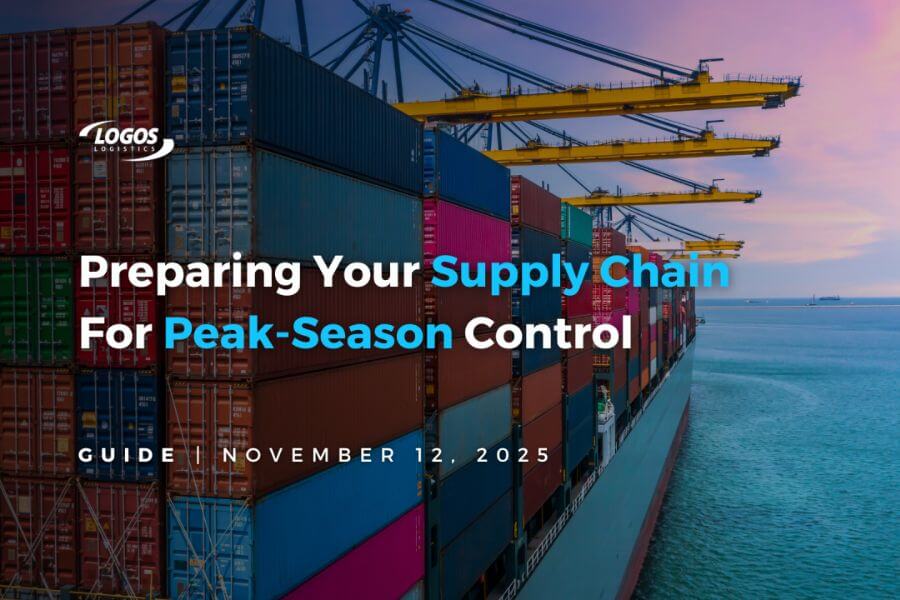Since April 2025, the White House has layered a 10% baseline tariff on most imports and then swapped in country-specific “reciprocal” rates for many trading partners; it has also rolled out 25% Section 232 tariffs on autos and certain parts, and it will suspend the de minimis $800 duty-free threshold for small parcels nationwide on August 29, 2025—forcing formal customs entries for virtually every inbound package. Courts have already taken aim at the administration’s use of IEEPA to justify some of these tariffs, but stays mean importers are still paying while appeals play out.
The near-term fallout is concrete for logistics: parcel channels are pausing or throttling U.S.-bound shipments as they retool for formal entries; border and brokerage workloads are spiking; and North American cross-border trucking—already buoyed by nearshoring—will carry even more of the load. Expect Laredo and other gateways to keep tightening.
Below is a practical, operations-first playbook for how trucking carriers and 3PLs will help combat tariff volatility and keep shippers whole.
1. Build a "customs-first" transportation layer
Pre-clear to the dock: Move brokerage upstream. Require pack-level data, HS codes, origin, and valuation before tender. Feed entries to CBP’s systems and arrive “entry-ready” to minimize holds.
Lean on trusted-shipper programs: Promote importer/carrier enrollment in CTPAT and use FAST lanes at the northern and southern borders to cut dwell and inspection risk. Carriers should actively market their CTPAT/FAST status in bids.
Stand up “tariff control towers”: Combine trade compliance, brokerage, and network ops in one cadence so that rate changes (or court orders) translate into same-day routing and pricing updates rather than next-cycle chaos. Keep refund/retroactive-duty playbooks ready if courts ultimately invalidate parts of the IEEPA tariff regime.
2. Shift the middle-mile: consolidate small parcels into truckload/LTL
With de minimis going away, thousands of low-value parcels now need formal entry. 3PLs should pivot to consolidation:
- Origin aggregation (EU/Asia/LatAm) → container or air pallet
- U.S. entry at FTZ/bonded nodes → breakbulk to LTL/TL for final mile
- Weekly Entry and single-filer strategies lower Merchandise Processing Fees (MPF) and smooth duty payments at scale. FTZs also defer duty until goods leave the zone, improving cash flow.
Expect surge demand for FTZ space (multi-client zones near major ports/air gateways). Several operators are already expanding FTZ capacity as shippers abandon de minimis-centric parcel flows.
3. Re-anchor networks in North America
Tariffs make long, ocean-heavy chains more fragile. Carriers and 3PLs should double down on USMCA-centric networks:
- Cross-border cross-docks in Laredo, Pharr, Otay Mesa, Detroit/Windsor for breakbulk, transload, and customs pre-scan
- Dedicated capacity (drop trailers, team drivers) on high-velocity MX–US lanes
- Cold-chain upgrades at the border for perishables (refrigerated inspections, temp-safe staging)
Nearshoring momentum is already visible in 2025; build around it rather than swimming upstream.
4. Use legal duty-management tools (the right way)
- Foreign-Trade Zones (FTZs): Defer duty, choose the lower “inverted” rate when allowed, consolidate entries, and re-export duty-free.
- Bonded warehouses: Time-limit storage with duty deferral where FTZs aren’t practical.
- Duty drawback: Automate claims for exports/returns—refunds up to 99% of duties are possible under 19 CFR 190.
Build standardized SOPs for eligibility, audit trails, and IT hooks into TMS/WMS so these aren’t one-off heroics.
5. Rethink commercial terms, pricing, and contracts
- INCOTERMS: Shift from DAP/DDP parcel to DDP via consolidated formal entries you control (or vice-versa) to manage duty liability.
- Tariff-indexed contracts: Add transparent tariff passthrough clauses (with audit rights) and index-based surcharges that switch on/off automatically when duty tables change.
- Retroactivity language: If courts strike or stays lift, contracts should outline who claims/keeps refunds and how credits flow back to the shipper.
6. Prepare industry-specific responses
- Automotive: Model sourcing and routing under the 25% auto & parts tariffs; quantify steel/aluminum stacking changes and new offsets; align with USMCA ROO to preserve preferences.
- Hardgoods/furniture & metals: Monitor active investigations and Section 232 expansions; pre-qualify alternate suppliers in tariff-favored countries and secure lane capacity early.
- E-commerce/SMB: Replace direct-to-consumer de minimis flows with in-country stock via FTZ or domestic 3PL nodes; offer landed-cost calculators at checkout to avoid cart shock.
7. Classification, "tariff engineering," and governance
Work with licensed brokers and trade counsel to validate HS codes, country-of-origin, and valuation. Where lawful, apply tariff engineering (e.g., altering specs/components that drive classification) and supplier re-work in FTZs to reach a lower duty line—but only with airtight documentation and written rulings. Stand up a classification board (compliance + product + operations) to prevent whipsaw reclassifications that trigger penalties.
8. Data & tech: make tariffs a real-time variable
- Landed-cost engines in your TMS/WMS: recalc duty + freight at quote time and again pre-tender.
- Digital twins of your network: simulate reciprocal-rate changes and court outcomes; pre-approve carrier/routing “plays” per scenario.
- ACE integration and broker APIs: no spreadsheet bottlenecks as millions of micro-shipments convert to formal entries on 8/29.
9. Capacity & people: train for the new normal
Carriers should upskill dispatch and border ops teams on entry statuses, holds, and FAST lane protocols. 3PLs should cross-train brokerage + linehaul + warehouse teams so they can flex when a tariff table, annex, or court order updates overnight.
What to watch (next 3~6 months)
- Appeals on IEEPA tariffs: If courts ultimately curtail IEEPA authority, expect rapid policy pivots and refund mechanics; if not, plan for more sector-specific actions layered on top of reciprocal rates.
- De minimis aftershocks: Even after 8/29, expect rolling adjustments by foreign posts and integrators; parcel-to-LTL mode shift will continue.
- Annex updates & carve-outs: July’s order already modified reciprocal rates and timelines; more tweaks can change landed-cost math with a week’s notice. Build alerting into your planning cycles.
A 90-day action plan for carriers and 3PLs
Days 0–30
- Stand up a Tariff Control Tower and publish a shipper-facing tariff advisory.
- Map every shipper’s duty exposure by lane/SKU; flag de minimis-exposed parcels for consolidation.
- Lock in border capacity (drop pools, teams) at Laredo, Otay Mesa, Detroit/Windsor.
Days 31–60
- Activate multi-client FTZ capacity; cut over first consolidation lanes.
- Convert key shippers to CTPAT/FAST where eligible; run trial FAST crossings.
- Embed tariff passthrough and retroactivity clauses in renewals.
Days 61–90
- Automate drawback on exports/returns.
- Publish a scenario-priced tariff matrix (baseline, reciprocal-upsides, legal-rollback) and wire it to rating APIs.
- Review product/packaging with shippers for compliant tariff engineering opportunities inside FTZ workflows.
Tariff volatility is becoming a permanent variable in network design and day-to-day dispatch. The winners will be the carriers and 3PLs who treat customs like a core mode, use FTZs and drawback as everyday tools, and design North American networks that flex with policy rather than break on it. This way, businesses using 3PLs will remain profitable.
Sources & key references: White House executive actions on reciprocal tariffs and de minimis; Section 232 auto/parts proclamations and coverage; ongoing litigation over IEEPA authority; parcel network pauses; FTZ/CTPAT/FAST program benefits; and nearshoring/cross-border trends. (The White House, Congress.gov, The Guardian, Axios, Trade.gov, U.S. Customs and Border Protection)

